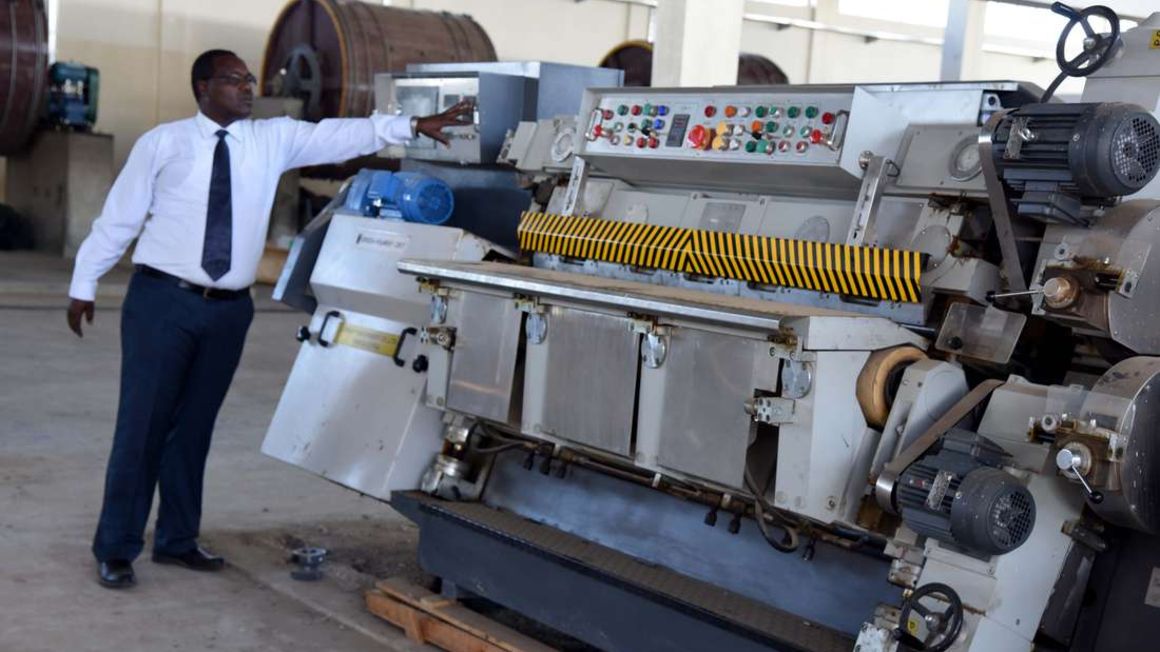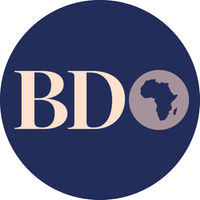
A tannery and leather processing factory at Ewaso Ngiro trading centre in Narok. FILE PHOTO | NMG
Summary
- A new digital platform promises to turn around the fortunes of the leather industry in Kenya and the wider East African region.
- The Leather Industry Network (LIN), a virtual space for the region’s leather industry to connect, formulate, exchange, disseminate information, and advocate common interests, will be launched next month.
- LIN is a joint effort of the Center for Business Innovation & Training (CIBiT) and a consortium of national leather associations in East Africa.
A new digital platform promises to turn around the fortunes of the leather industry in Kenya and the wider East African region.
The Leather Industry Network (LIN), a virtual space for the region’s leather industry to connect, formulate, exchange, disseminate information, and advocate common interests, will be launched next month.
LIN is a joint effort of the Center for Business Innovation & Training (CIBiT) and a consortium of national leather associations in East Africa.
The platform, an outcome of the EAC Strategy and Implementation Roadmap for Leather, Leather Products and Footwear Sector (EAC-Secretariat, 2018) recommendation, has been welcomed by stakeholders who say the initiative will significantly boost leather trade in the region.
“Through the LIN Platform, sector players will be able to gather, interact, monitor trends, and build advocacy and business competencies – all at the click of a button,” says Beatrice Mwasi, CIBiT Team Lead.
The industry, Ms Mwasi notes, should leverage on technology to enhance profitability and boost its potential.
“Technology is critical, especially in addressing fragmentation through enhanced cooperation, networking and joint presentation of industry positions. It is also an effective tool with which to facilitate capacity building,” she says.
Ms Mwasi, who is the founder and secretary-general of the Leather Apex Society of Kenya – an umbrella organisation that covers Kenya’s leather associations across the value chains – says the platform will promote cooperation between leather associations through sharing of best practices, establishment of strategic partnerships and integration.
The demand for leather products remains high even as Kenyan and other East African tanneries struggle to make profits.
The industry, however, faces a number of challenges, the biggest being the use of undeveloped production systems that have led to high production and labour costs. Other setbacks include minimal assistance from governments, high fragmentation, expensive electricity as well as funding gaps.
These hurdles undermine productivity and workmanship, which experts say can be better addressed through a one-stop shop, which LIN will provide.
“Technology can also help stakeholders get information on business opportunities in the industry, relevant government policies, and strategies for growing the industry,” Ms Mwasi says.
This, she says, will cut costs and increase efficiency in the long run.
Exorbitant import duty on raw materials and chemicals constitute tanneries’ most serious competitiveness challenge.
“Interestingly, those that export their products out of the region have access to surface treating agents under the East African Community (EAC) duty remission while those that sell within the EAC market must pay the import duty of 25 percent,” she says.
She says technology is critical in addressing fragmentation through enhanced cooperation, networking and joint presentation of industry positions.
“This will, in turn, enhance knowledge management and presentation of joint policy positions on such aspects as quality. In the end, an enhanced advocacy capacity for key private sector leaders and stakeholders in the leather sector will create effective public-private dialogue that will unlock the potential of the sector,’ she adds.
Last year, in a bid to fight ‘fake’ leather imports, the Kenya Bureau of Standards (Kebs) adopted new standards for footwear and other leather products imported or made locally.
Kebs announced a set of nine standards, including a code of practice that guides the tanning and grading of leather, introduction of particular specified soles and upper material for children, men and women, with a total ban on use of heavy metals and harmful chemical substances in making children shoes.
“The leather standards will level trade in footwear and leather products produced within member states in the East African Community by use of comparable standards. Additionally, they will ensure the quality, fitness for use and safety of the footwear products to the users,” said Kebs managing director Bernard Njiraini.
Over the years, local footwear manufacturers have complained about stiff competition posed by imported footwear that are passed on for sale locally as ‘genuine leather’ but wear out quickly.
According to the Kenya Economic Survey 2019, the price of semi-processed (wet blue) leather fell 8.87 percent to Sh191 a kilogramme, cutting exporters’ earnings to Sh4.42 billion from Sh5 billion in 2017.
This provided high-quality leather to local article manufacturers, leading to a 4.1 percent rise in finished product exports against a 7.1 percent reduction reported in 2017.





No comments :
Post a Comment